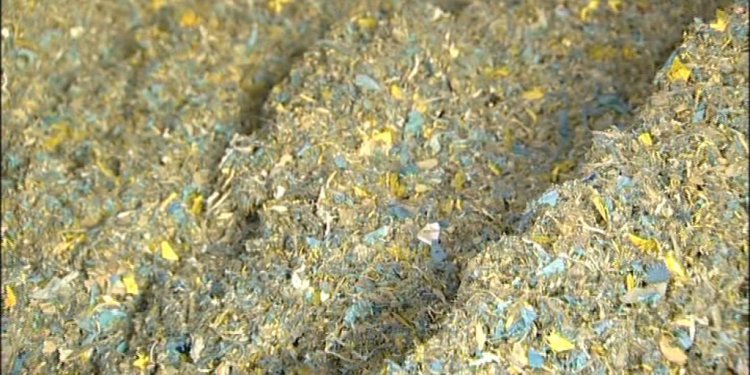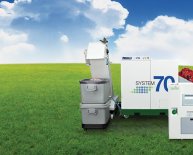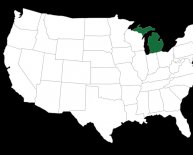
Medical Waste Disposal Equipment
- Of the total amount of waste generated by health-care activities, about 85% is general, non-hazardous waste.
- The remaining 15% is considered hazardous material that may be infectious, toxic or radioactive.
- Every year an estimated 16 billion injections are administered worldwide, but not all of the needles and syringes are properly disposed of afterwards.
- Health-care waste contains potentially harmful microorganisms, which can infect hospital patients, health workers and the general public.
- Health-care waste in some circumstances is incinerated, and dioxins, furans and other toxic air pollutants may be produced as emissions.
Health-care activities protect and restore health and save lives. But what about the waste and by-products they generate?
Of the total amount of waste generated by health-care activities, about 85% is general, non-hazardous waste comparable to domestic waste. The remaining 15% is considered hazardous material that may be infectious, toxic or radioactive.
Types of waste
Waste and by-products cover a diverse range of materials, as the following list illustrates:
- infectious waste: waste contaminated with blood and other bodily fluids (e.g. from discarded diagnostic samples), cultures and stocks of infectious agents from laboratory work (e.g. waste from autopsies and infected animals from laboratories), or waste from patients in isolation wardsand equipment (e.g. swabs, bandages and disposable medical devices);
- pathological waste: human tissues, organs or fluids, body parts and contaminated animal carcasses;
- sharps: syringes, needles, disposable scalpels and blades, etc.;
- chemicals: for example solvents used for laboratory preparations, disinfectants, and heavy metals contained in medical devices (e.g. mercury in broken thermometers) and batteries;
- pharmaceuticals: expired, unused and contaminated drugs and vaccines;
- genotoxicwaste: highly hazardous, mutagenic, teratogenic1 or carcinogenic, such as cytotoxic drugs used in cancer treatment and their metabolites;
- radioactive waste: such as products contaminated by radionuclides including radioactive diagnostic material or radiotherapeutic materials; and
- non-hazardous or general waste: waste that does not pose any particular biological, chemical, radioactive or physical hazard.
The major sources of health-care waste are:
- hospitals and other health facilities
- laboratories and research centres
- mortuary and autopsy centres
- animal research and testing laboratories
- blood banks and collection services
- nursing homes for the elderly
High-income countries generate on average up to 0.5 kg of hazardous waste per bed per day; while low-income countries generate on average 0.2 kg. However, health-care waste is often not separated into hazardous or non-hazardous wastes in low-income countries making the real quantity of hazardous waste much higher.
Health risks
Health-care waste contains potentially harmful microorganisms which can infect hospital patients, health workers and the general public. Other potential infectious risks may include the spread of drug-resistant microorganisms from health facilities into the environment.
Health risks associated with waste and by-productsalso include:
- radiation burns;
- sharps-inflicted injuries;
- poisoning and pollution through the release of pharmaceutical products, in particular, antibiotics and cytotoxic drugs; and
- poisoning and pollution through waste water; andby toxic elements or compounds such as mercury or dioxins that are released during incineration.
Sharps-related
Worldwide, an estimated 16 billion injections are administered every year. Not all needles and syringes are disposed of safely, creating a risk of injury and infection and opportunities for reuse.
Injections with contaminated needles and syringes in low- and middle-income countries have reduced substantially in recent years, partly due to efforts to reduce reuse of injection devices. Despite this progress, in 2010, unsafe injections were still responsible for as many as 33 800 new HIV infections, 1.7 million hepatitis B infections and 315 000 hepatitis C infections1.
A person who experiences one needle stick injury from a needle used on an infected source patient has risks of 30%, 1.8%, and 0.3% respectively of becoming infected with HBV, HCV and HIV.

















